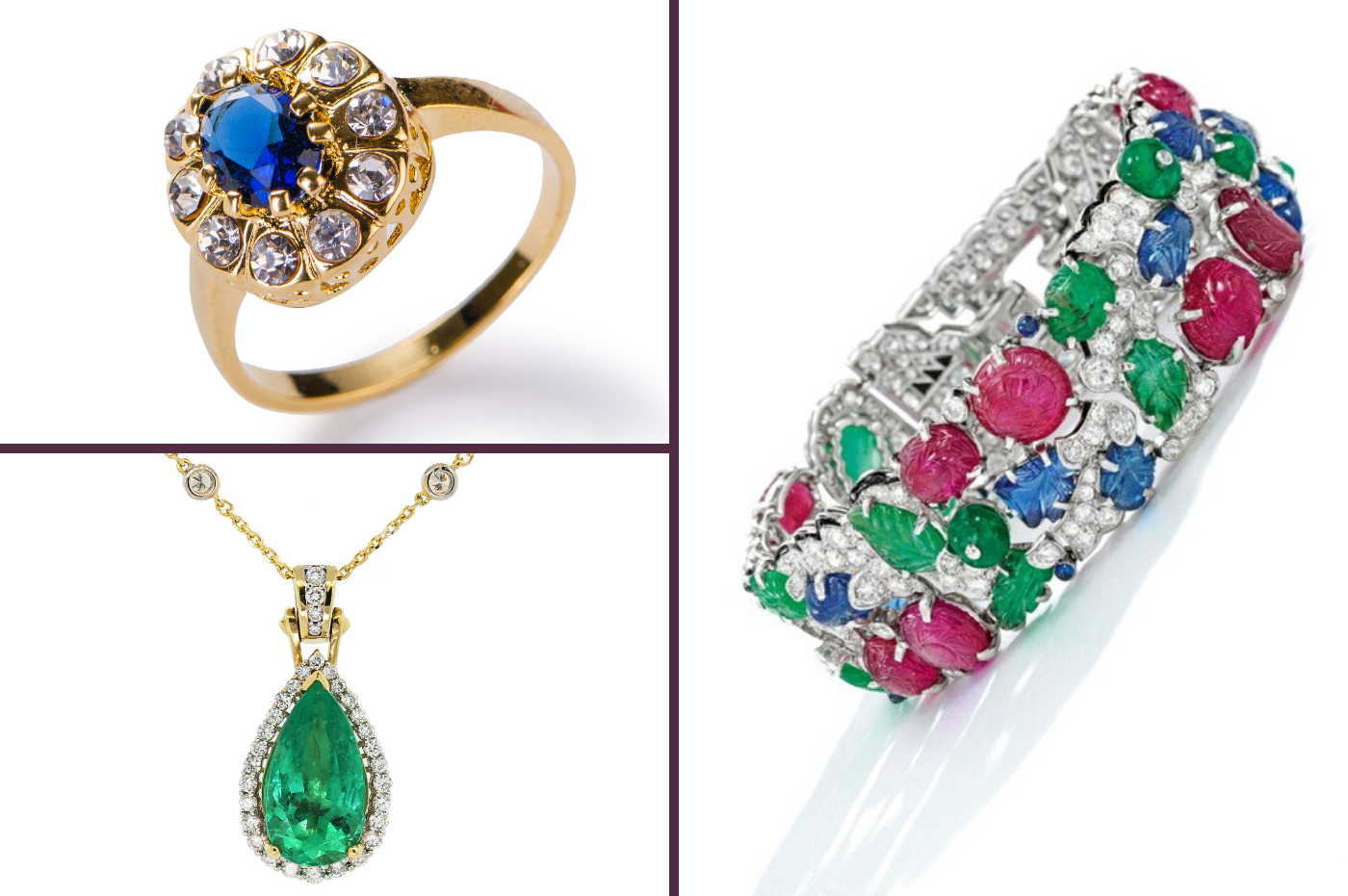By David Brough
High-value jewellery auctions have achieved some exceptional results through the lockdown period and beyond, reflecting resilience at the top end of the market despite the coronavirus emergency.

In late June Christie’s set a record for a jewel sold in an online auction, achieving $2.1 million for a 28.86-carat D colour diamond.
“Estimated at $1-2 million, the 28.86-carat, D Colour diamond was the highest valued lot ever offered in a Christie’s online sale,” the auction house said from New York.
“The impressive stone received bids immediately upon the sale going live on June 16. After a fierce competition of 31 bids, from four countries spanning Asia to America, it sold for $2,115,000, setting the new record for a jewel sold in an online auction.”
High value jewellery is increasingly seen as having investment potential – or at least being a safe-haven store of value, depending on the quality of the item.
The resilience of the high-value jewellery and gemstone auctions market during the coronavirus crisis has coincided with strength in gold and silver, also seen as safe havens during periods of upheaval.
“With all gemstones, it is best to buy the finest quality one can afford. For the purpose of investment this is critical,” said David Warren, Senior International Jewellery Director of Christie’s.
“Fine quality specimens are more likely to go up in value and are more likely to maintain their value during recessionary periods.”
Rarity is perhaps the most important condition for a piece of jewellery to become an investment, followed by its intrinsic beauty.
Jewellery from certain periods do better than others. Art Deco pieces have seen exceptional demand at auction sales: collectors are captivated by the bold, often geometric designs of that era.
Another popular era for investment jewellery pieces is the Belle Époque, a period of optimism before the First World War.
Signed jewellery is more collectable than unbranded pieces, with certain maisons particularly sought after, namely Cartier and Van Cleef & Arpels.
Christie’s Jewels sales calendar for July 2020 includes live and online auctions in Geneva, Hong Kong, London, New York, and Paris.
The global sales will collectively feature over 1,000 jewels, including a significant selection of colourless diamonds, coloured diamonds, and rare gemstones, along with signed creations by Belperron, Bulgari, Cartier, Graff, Harry Winston, JAR, Tiffany & Co., Van Cleef & Arpels, and Verdura, with estimates ranging from $5,000 to $8 million.
Cartier Art Deco Tutti Frutti bracelet

Another notable example of an extremely rare item that outperformed in an online auction during the lockdown period was a Cartier 1930s Tutti Frutti bracelet sold by Sotheby’s for $1.3 million in late April, which was a world record at the time for a jewel sold online.
“Any potential bidder knows Cartier, the Deco period and the Tutti Frutti style,” said Kristian Spofforth, head of Sotheby’s London jewellery department.
“These really are very rare pieces and no matter in what format the sale takes place, we know they will perform — but it was particularly pleasing to get the highest jewel price online during the lockdown.”
Natural pearls
Extremely rare and magnificent natural pearl jewels are increasingly sought after in the high-value auctions market and can have investment potential, a reflection of tight supplies and robust demand by collectors and buyers.
The economic turmoil linked to the coronavirus pandemic has increased pressure on investors to seek assets that can yield strong returns, and now extraordinary natural pearls are in focus.
Recent auctions have seen a frenzy of demand by collectors and buyers for natural pearl items, even more so for those that have an extra special “provenance”, or record of ownership.
The most notable example was the sale of a pearl pendant that had once belonged to ill-fated French Queen Marie Antoinette, by Sotheby’s in Geneva in November 2018.
Sotheby’s had set a pre-sale estimate of $1-2 million for the exceptional and highly important natural pearl and diamond pendant.
However, such was the ferocity of bidding from around the world, that the pendant, whose pearl measured 15.90 mm by 18.35 mm by 25.85 mm, reached a world record price of $36 million, the highest price ever paid for a pearl jewel.
The extraordinary price for the pearl was very much due to its provenance – the fact that the last Queen of France had held this piece in her collection before going to the guillotine.
Another key reason for the high price for Marie Antoinette’s pendant was that it was fresh to the market, after being passed down through Italy’s royal Bourbon Parma family and not having been seen in public for over 200 years.
Outlook
Asked to give her view on the outlook for the high-value jewellery auctions market, Jean Ghika, global head of jewellery at Bonhams, said: “I do believe that items of exceptional quality and rarity in both the gemstones and jewellery categories will retain their value.
“If one looks back in history there is clear precedent for jewels and gemstones being a portable store of wealth during times of crisis.
“This inevitably means that some investors and collectors will consider precious stones and jewellery as a safe haven in times of financial uncertainty and historically low interest rates.”

